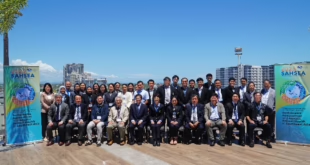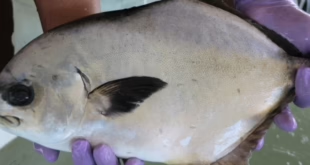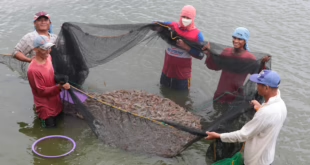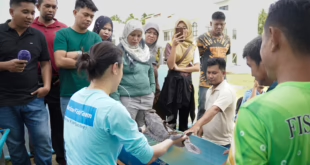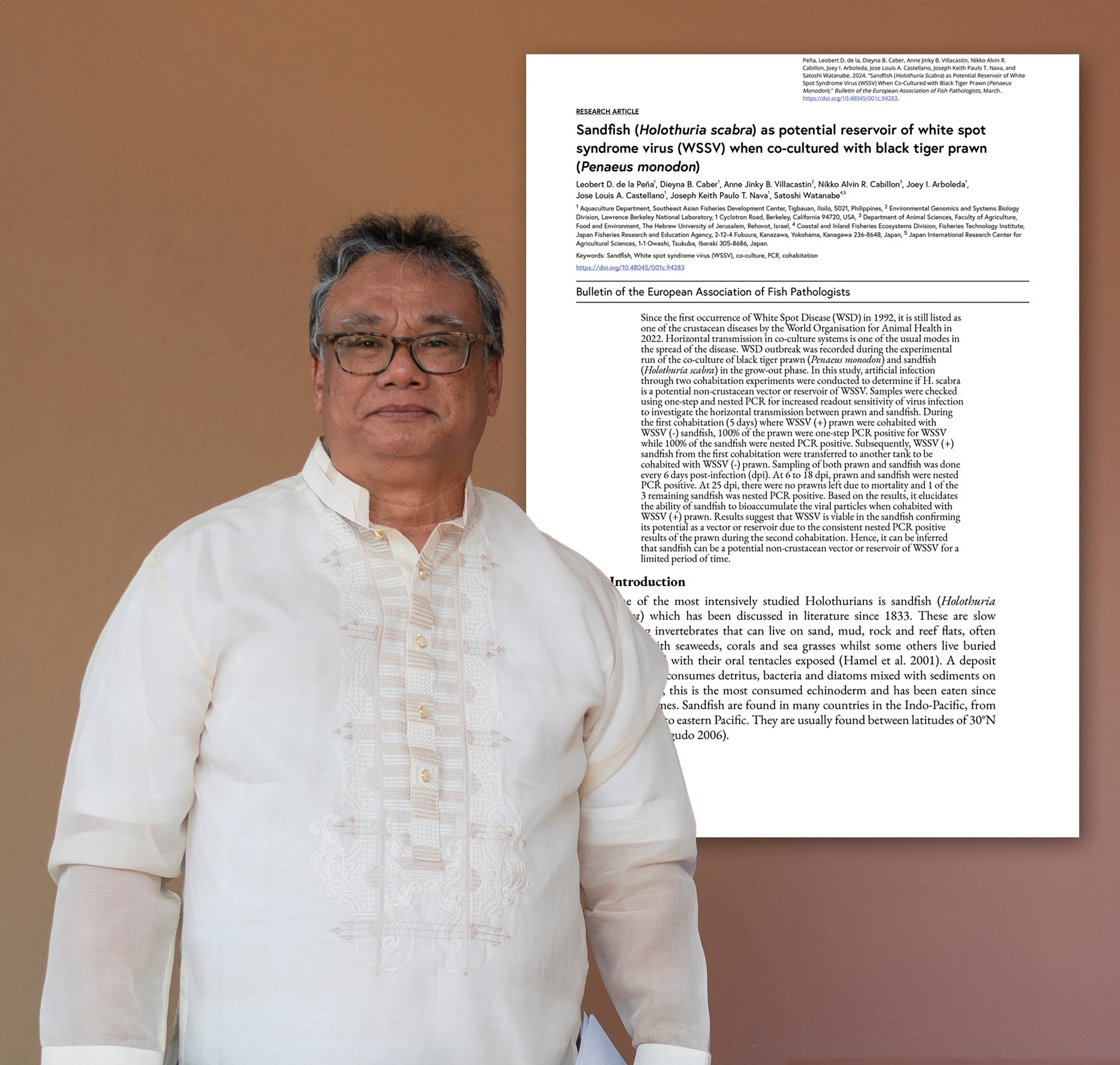 There are good reasons why farmers would consider co-culturing different species. This approach, also known as polyculture, maximizes the use of space and feed sources and diversifies a farm’s products.
There are good reasons why farmers would consider co-culturing different species. This approach, also known as polyculture, maximizes the use of space and feed sources and diversifies a farm’s products.
In aquaculture for example, some farmers co-culture milkfish and shrimp in brackishwater ponds. Milkfish swim in the water eating algae, while the shrimp mostly stay at the bottom eating organic matter.
Another set-up that was studied by researchers is the co-culture of sea cucumbers known as sandfish (Holothuria scabra), and black tiger shrimp (Penaeus monodon). Sandfish are detritivores which means they feed on excess feeds and on the shrimp’s wastes, thereby turning waste into more sandfish meat.
And since sandfish degrade organic matter, they bioremediate pond sediments making the environment better for both the sandfish and the shrimp.
Unfortunately, sandfish and shrimp may also get each other infected. One particular disease is very contagious and highly lethal to shrimp – the white spot syndrome virus or WSSV.
Recently, an outbreak of WSSV has been recorded in a co-culture of sandfish and black tiger shrimp. This led Dr. Leobert de la Peña, a fish health scientist of SEAFDEC/AQD, and his team of researchers, to confirm whether H. scabra can bioaccumulate WSSV.
They set up an experiment wherein healthy, WSSV-negative sandfish were co-cultured with WSSV-positive shrimp. Using samples from the shrimps’ gills, the sandfish’ innards, and a molecular technique called nested PCR, the researchers could determine whether or not WSSV is present in either the shrimp or sandfish.
After the sick shrimp died out, the sandfish were nested-PCR-tested for WSSV and were confirmed to be positive. This proved that sandfish can in fact bioaccumulate WSSV particles.
Another experiment was done in which these WSSV-positive sandfish were co-cultured with healthy, WSSV-negative shrimp. After only six days of cohabitation, every shrimp from every experimental tank tested positive for WSSV. This showed that H. scabra is not only capable of bioaccumulating WSSV particles, but can also act as WSSV carriers to infect P. monodon.
The study was published in the journal Bulletin of the European Association of Fish Pathologists last March 2024. Read Dr. de la Peña’s full paper titled “Sandfish (Holothuria scabra) as potential reservoir of white spot syndrome virus (WSSV) when co-cultured with black tiger shrimp (Penaeus monodon)” here: https://doi.org/10.48045/001c.94283
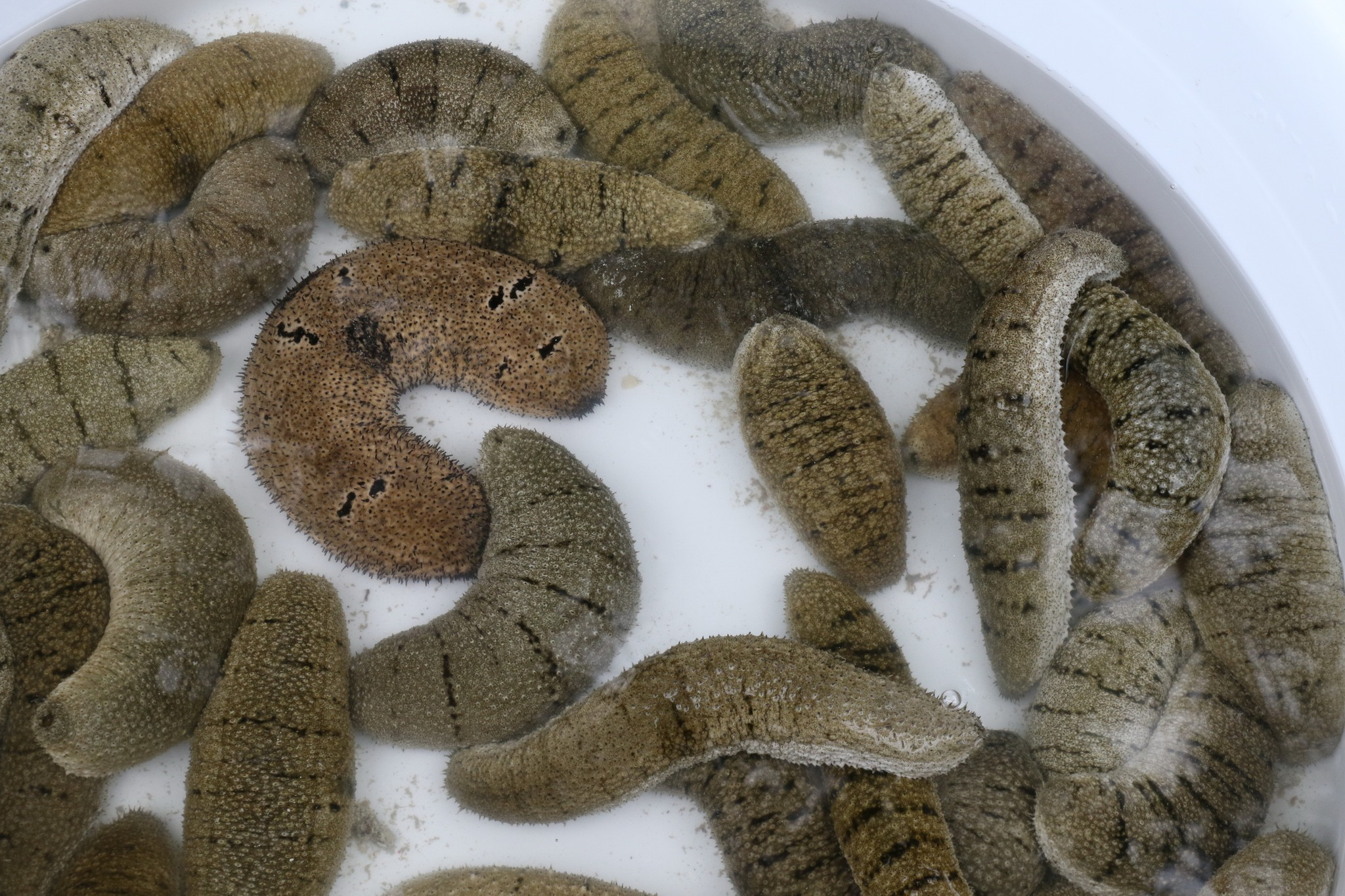
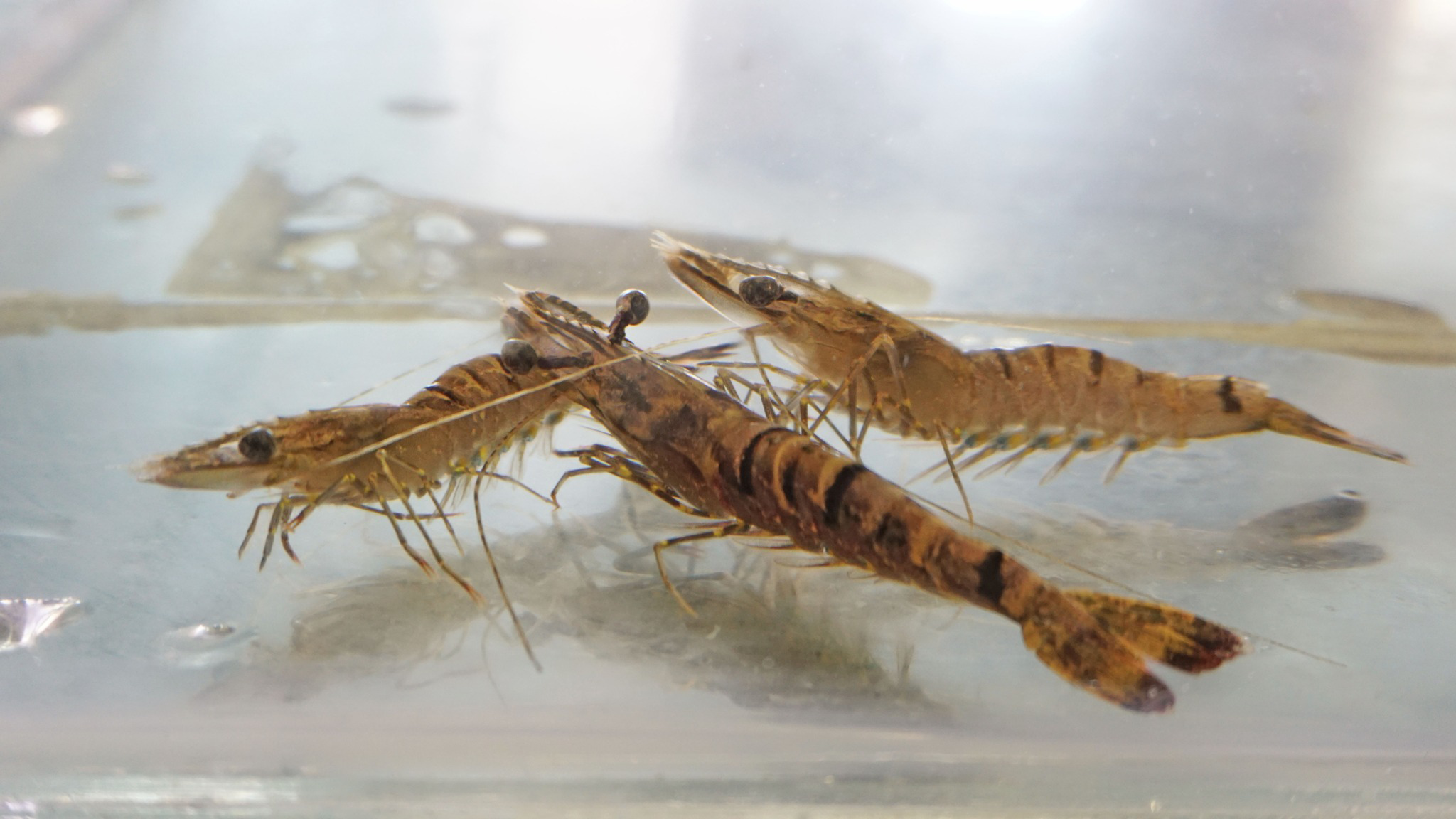
 SEAFDEC/AQD Southeast Asian Fisheries Development Center | Aquaculture Department
SEAFDEC/AQD Southeast Asian Fisheries Development Center | Aquaculture Department
